

|
|
|
Welcome to "Above and Below." This is where you will come to download materials, check homework assignments, and contact me if necessary.
Over the eight weeks we will be discussing many fascinating topics about what's happening under our feet, and over our heads. By the time you leave me you should be able to identify almost any rock as igneous, sedimentary, or metamorphic, and be able to tell the rock's story. You also will be able to identify many local geologic features and also tell their story. As far as above is concerned, we will observe the phases of the Moon, and hopefully see a total lunar eclipse. Then we will talk about solar eclipses in general, and the solar eclipse of 2017 in particular. Finally we will look at distant geologic features on other planets and satellites in our solar system. Be sure to check out the new samples completed by Arizona State at Rock Around the World.
Clear Skies,
Charlie Lindgren
Homework:

Week of September 22nd: Collect four rock samples for next week. The samples should be no smaller than two inches in diameter, and no larger than six inches. One sample should have one color, one should have two colors, one three colors, and the final sample more than three colors (see below). Beach rocks would be the ideal choice. The samples should be clean. Be sure to wash off any dirt or salt. Don't bring in any samples that have special meaning to you. One sample, your favorite, will be sent away never to be seen again! You might want to take a photograph of the location where you collected your favorite sample. Note: if you don't have access to an area with rocks, drop me an e-mail, and I'll be more than glad to collect four for you. Write at least one question about one of the samples. Also, for the next two weeks you will be doing nightly Moon observations beginning on the 24th. You can go out at any time, but I'd suggest you go out around sunset. Here's the rule - whatever time you select, you must use it for the entire period ± 15 minutes. This activity should take no more than five minutes, but who knows how long you might decide to stay!
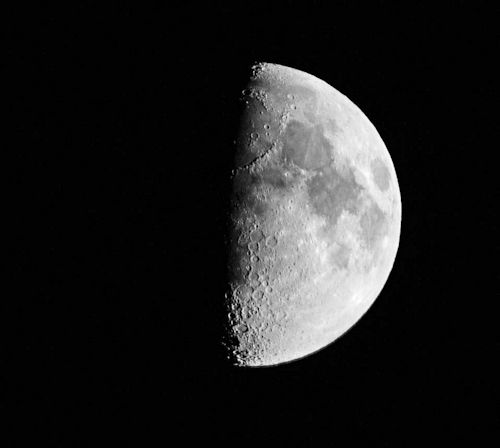
|
|
|
|
|
Week of September 29th and Beyond: I want to do something called "The Feature of the Week." Each feature will be something geological. Now I could do this, but I'd rather have the features come from you. Just about anything involving a rock is within bounds. E-mail me, or bring in a photograph of the feature, and we'll discuss it at some point during the eight weeks. Continue your Moon observations.
Week of October 6th: Decide where you are going to go to see the lunar eclipse on the morning of the 8th. Continue your Moon observations. Note: after the 8th you can start doing them at any time. We will probably do them during class!
COURSE OUTLINE
SEPTEMBER 23RD
GEOLOGY IS ALL ABOUT STORY TELLING.
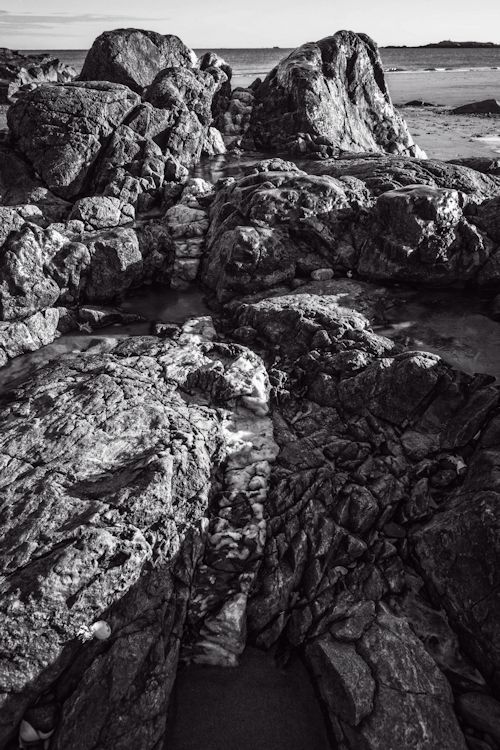
How true! Geology first attempts to describe how a rock was formed. Then geology moves to the more complex story of the relationship between the rock and its surroundings. Finally the most difficult story attempts to describe the sequence of events that led to what you're looking at, or holding in your hand. We’ll look at four photographs and attempt to tell their story. The first two will be of local landscapes. The third and fourth will be of rock outcrops.
SEPTEMBER 30TH
WAIT! WAIT! I KNOW THIS ONE . . . IT’S IGNEOUS . . . I THINK
|
|
|
|
|
Your homework assignment for today was to bring in four rocks. Hopefully you did that! We will break into small groups and, using the samples, we will attempt to create a dichotomous classification of the samples based on their physical appearance. Then you will pick your favorite sample from the four you brought to class. We're going to send that sample to Arizona State University to become part of their Rock Around the World Project permanent collection. They began this project in 2004 when the two rovers, Spirit and Opportunity, landed on Mars to take part in a 90 day mission. Opportunity is still working! Students at ASU will photograph your sample and do a spectral analysis of it to help you to identify the minerals in the sample and also help you to identify it as igneous, sedimentary, or metamorphic.
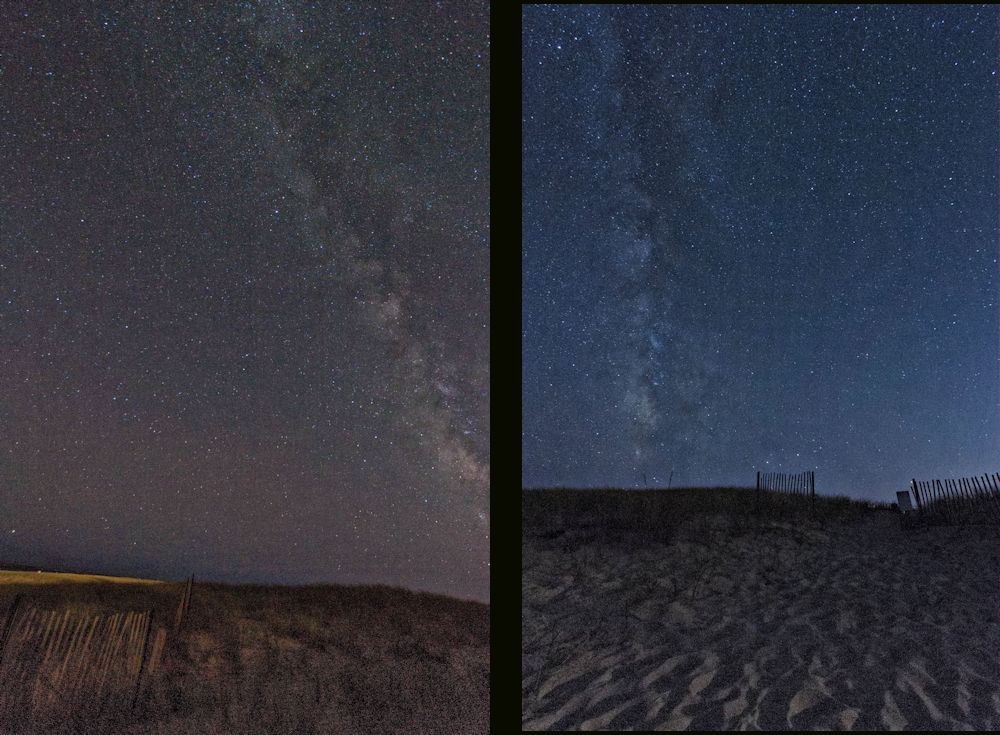
Myrna Walsh Images
OCTOBER 7TH
THE MOON LAB - IT'S ONLY A PHASE
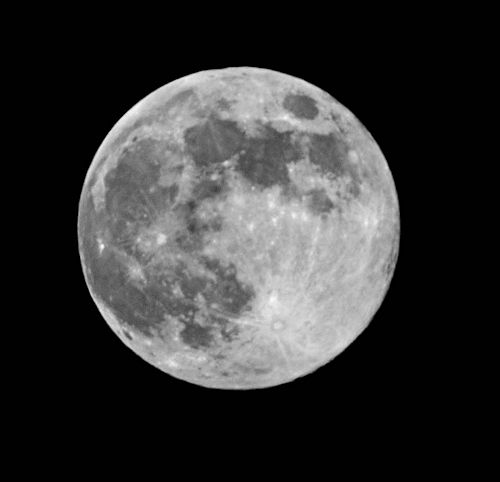
This week we're going back to fifth grade and recreate the lab you did with Miss So-And-So.
OCTOBER 14TH
ECLIPSES - THE BIG COVER UP!

Hopefully you saw the total lunar eclipse on the 8th! We should have something to discuss, and some memories to share – or we can complain about New England weather. On August 21, 2017, the most inspiring sight a person on this planet can see will occur. The total solar eclipse will cut diagonally across the United States. I'm already toying with booking a room in Casper, Wyoming! There are roughly two eclipses of the Sun very year. In my almost 70 years I've seen one! There have been three others within "easy" reach during my lifetime. For one, it rained. For the second, my father wouldn't let me drive to Maine in the new car. The last missed attempt was a shame. I simply didn't want to drive to Virginia in a day. We'll look at eclipses of the Sun and Moon, and also those very rare events known as transits.
OCTOBER 21ST
WAIT! WAIT! I KNOW THIS ONE – IT’S IGNEOUS I THINK! (PART 2)
Now we’ll discuss the three major rock groups, and how you would recognize a sample as being igneous, sedimentary, or metamorphic.
OCTOBER 28TH
WHAT IS THIS, AND HOW DID IT GET THERE?
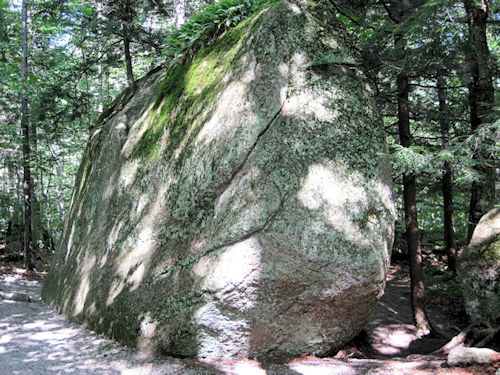
This week we start to look at local geological features, and explain how they were created. We'll start each session from now on with a discussion of at least one feature.
NOVEMBER 4TH
WAIT! WAIT! I KNOW THIS ONE . . . IT’S A TRILOBITE . . . I THINK
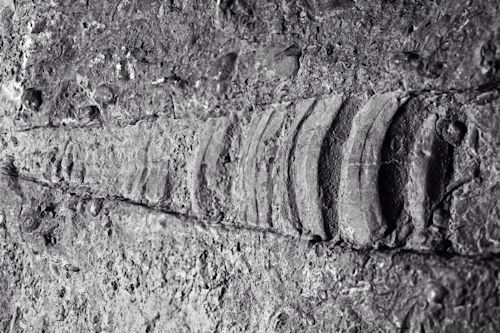
We'll take a look at the most fascinating story that geology has to tell - the story of life. Then we’ll move on to the different types of fossilization. Finally we'll look at some truly unique specimens that I've collected over the past 40+ years.
NOVEMBER 18TH
BLUE MARBLE MATCHES
This great NASA sponsored activity reviews the physical characteristics of other planets and satellites in the solar system, and how hey compare to Earth.
Return Home.